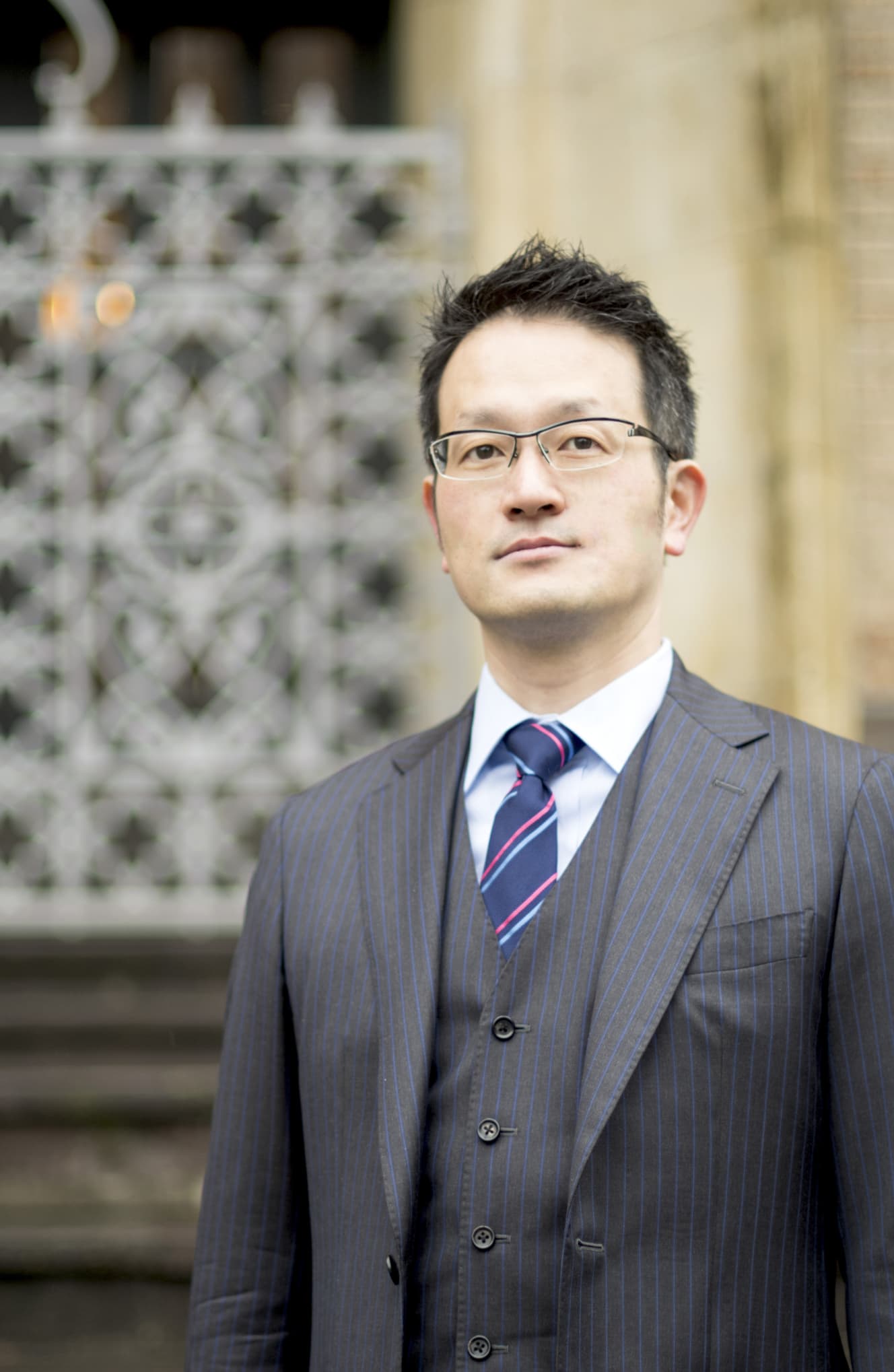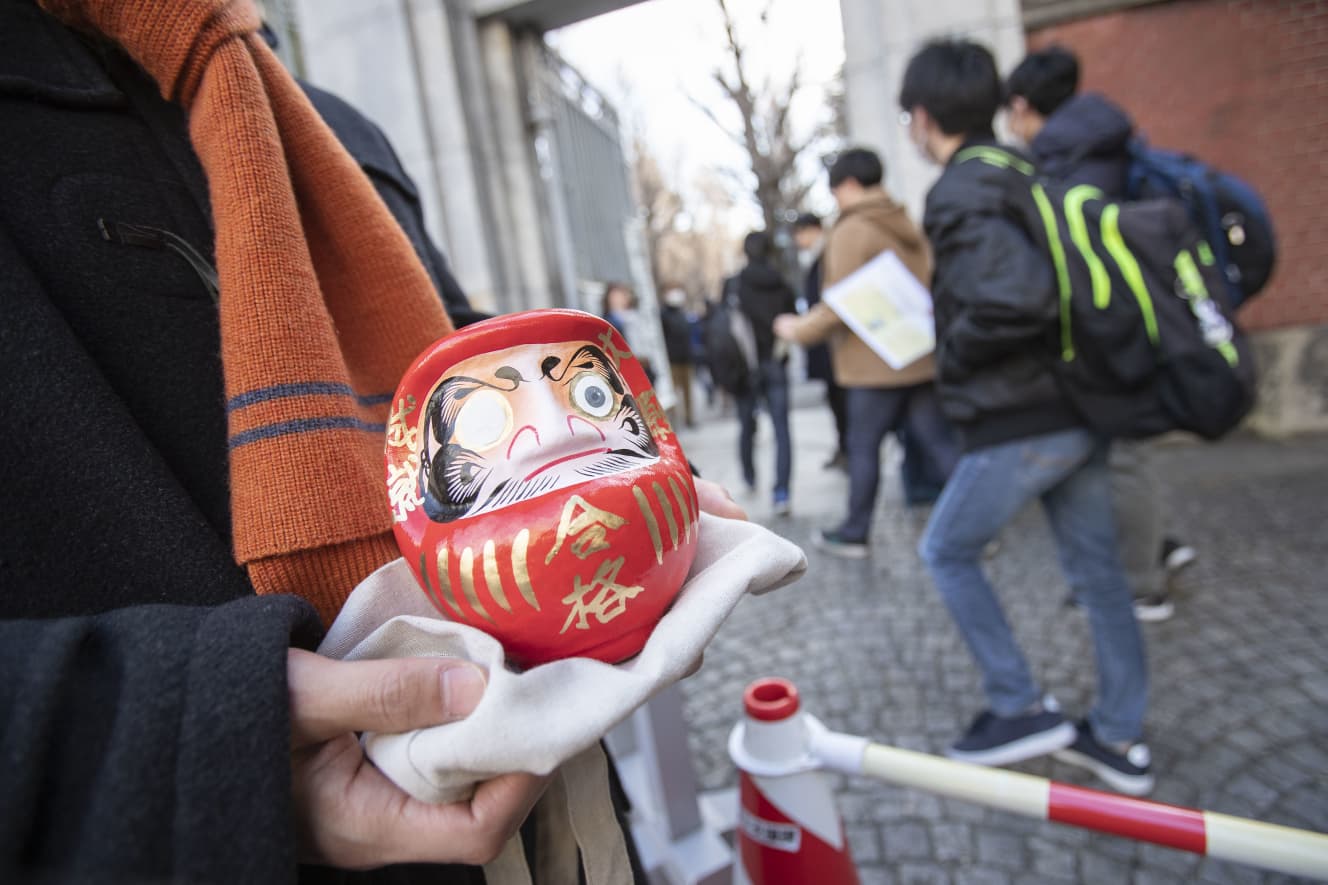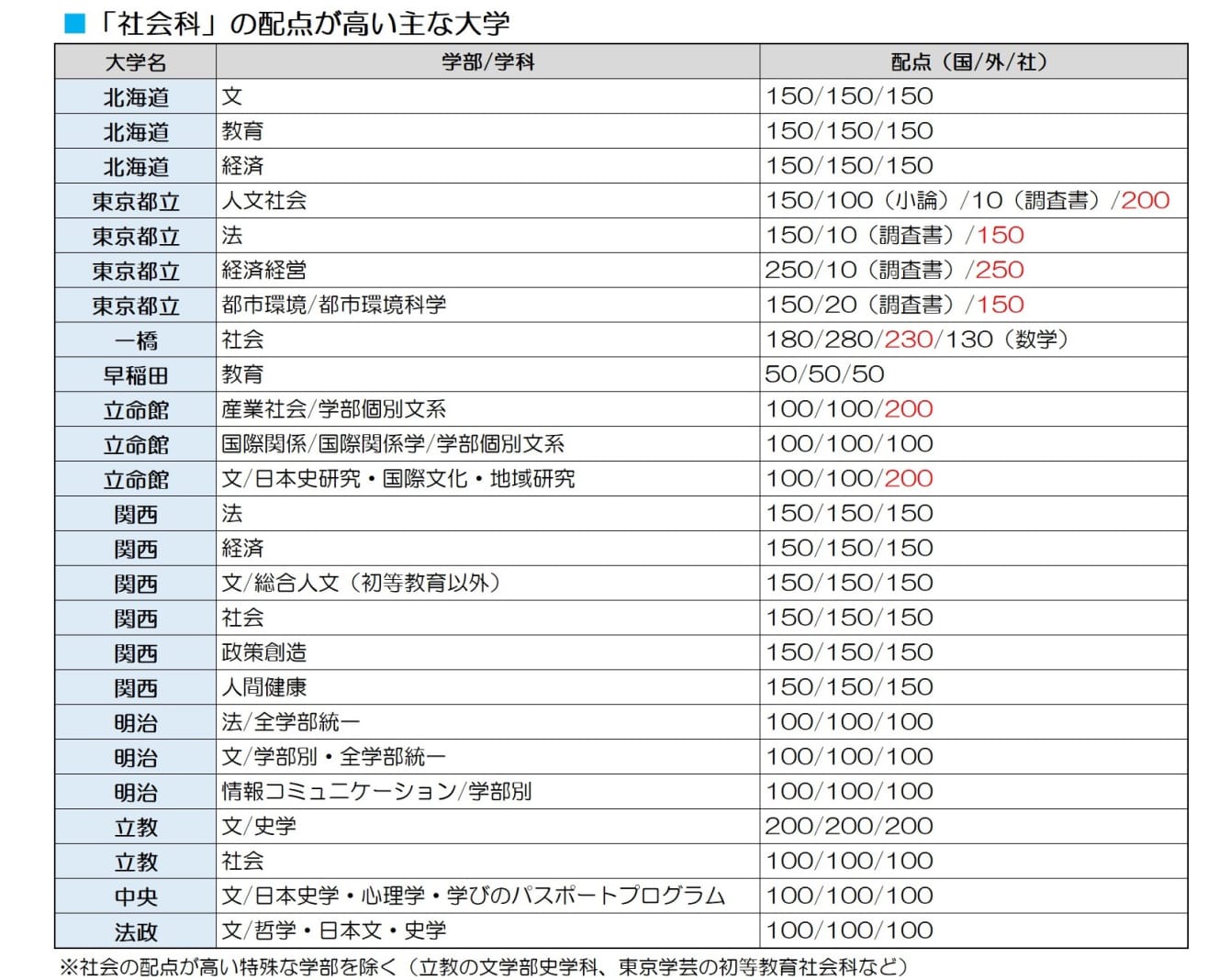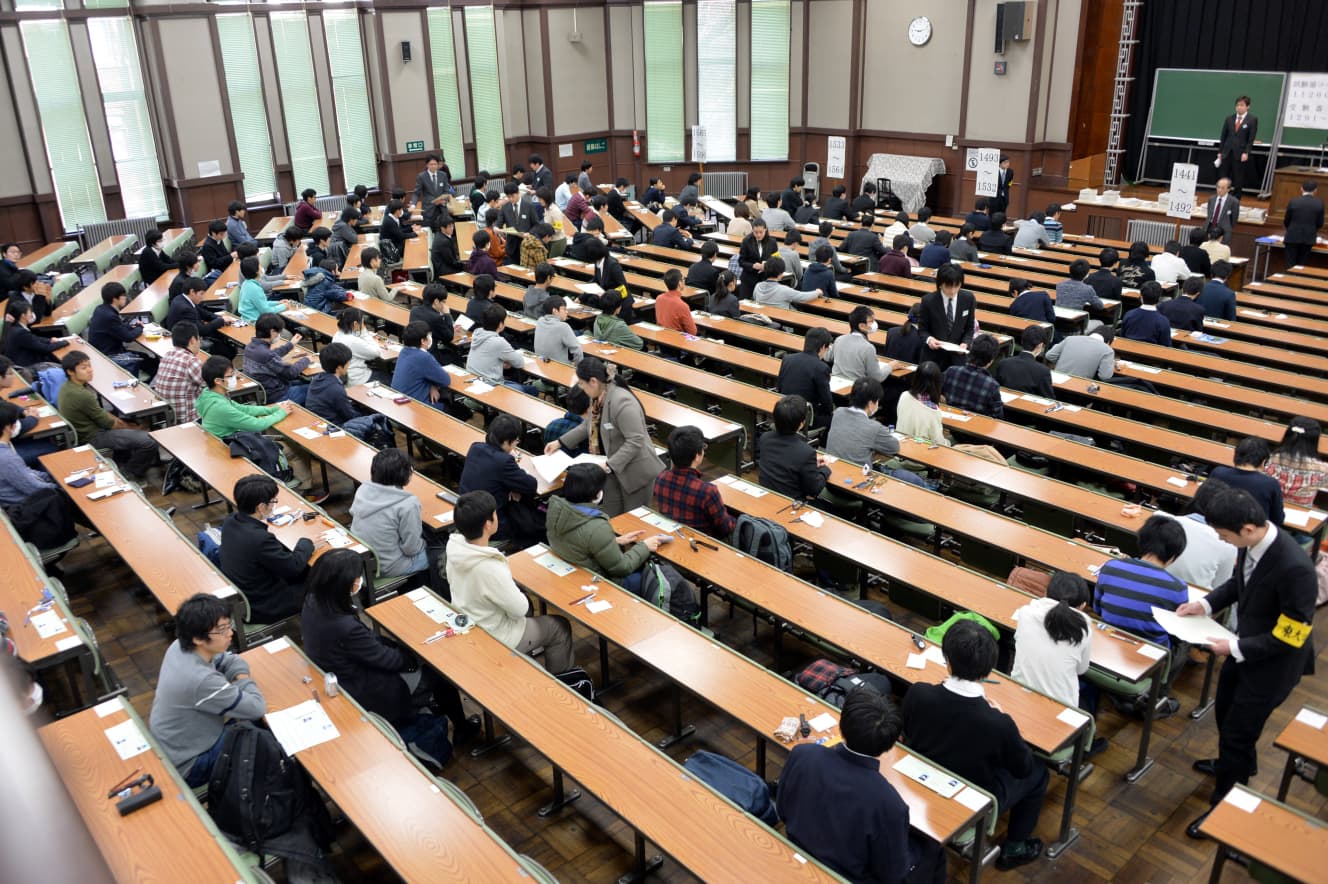Did you know…? Social Studies is the Key to Success in Difficult Colleges and Universities
Why is “social studies” neglected?
Many of you may have been told in your school days, “The most important thing is English and math, Japanese is for sense after all, and science and social studies can be completed in a short period of time, so just do it in the third year.
I think this tendency is especially pronounced at local public prep schools that have a strong preference for national universities. However, when I look at the children who have actually been accepted to difficult-to-enter universities in the humanities, I find that many of them are overwhelmingly strong in social studies. This is because most of the students, especially in the advanced schools, put a lot of effort into English and get high scores in it, but surprisingly, it is social studies that they fail in.
Why don’t schools teach that social studies is so important in humanities entrance exams?
We asked Kaichi Ito, a social studies instructor focusing on Japanese history at Recruit’s “Study Supplement” and the Tatsunari Institute of Law.
The reason why social studies is neglected is that the top public schools, especially in rural areas, tend to focus on national universities and recommend local national universities to students who are capable of getting into Waseda or Keio, but not to the level of challenging Tokyo University or Hitotsubashi University.
The whole high school is national-oriented, and many of the teachers are from local national universities, so they tend to recommend English and mathematics first. There are many schools where social studies is not a part of the second exam for national universities.
For example, only the University of Tokyo, Kyoto University, Hokkaido University, Nagoya University’s literature, Osaka University’s literature, and Kyushu University’s literature can use social studies in their secondary examinations, and they don’t emphasize social studies.
In addition, national universities in the provinces almost never use social studies in the second round, so the only thing they focus on is the common test. They think that if they only have to take the common test, it will be based on the content of the textbook and it will be a mark sheet, so if they are in an advanced school, they will be able to compete in a short period of time.
It’s true that anyone can take the Common Test in six months, but it’s a different story when it comes to private universities, including Waseda, Keio, Sophia, and even MARCH (Meiji, Aoyama, Rikkyo, Chuo, Hosei) and Kankan Doryu.

One point in English is the same as one point in social studies.
The important thing,” Ito stresses, “is not to be swayed by the academic background of your school teacher or your parents.
The entrance exam is based on overall scores, so one point in English and one point in social studies are the same, but if the academic background of the adults around you neglects social studies, you will lose out.
Besides, school teachers and parents tend to say, ‘Don’t worry about social studies later, just do English and math.
Of course, it is not advisable to only do social studies in the first or second year, but for example, if a child is not good at English or mathematics, but loves social studies, he or she is just barely getting into the habit of sitting at a desk.
However, if the school teacher or parents say too much, “Social studies can wait,” or “Do English and math,” the habit of sitting at the desk itself will disappear. You can’t stop a child from doing what he loves.
It is true that English is the most important subject in the humanities entrance examinations, and that it cannot be helped in a short-term battle, but the fork in the road to a certain fate is social studies.
As you pointed out, students at advanced schools focus on English and mathematics, and many of them have a mysterious confidence that they can do social studies in a short period of time, or that they can do it because they are students at an advanced school.
However, this belief is shattered in social studies. When I give classes to students who are not good at studying at technical high schools or regular high schools, or students who have never been to school and are about to take the entrance exam, social studies is the only subject in which they can immediately beat the students at Kaisei High School.
For example, students who like “Blade of the Demise”, “Rurouni Kenshin”, “Sengoku Basara”, “Sword Ranbu”, etc… it doesn’t matter what it is, but those who are into Japanese history have a great aptitude for it.
In fact, it is not uncommon for a student who went to a lowly metropolitan school to receive a score of 78 in social studies on a mock exam.
Especially at schools like Waseda University’s School of Education and Meiji University’s School of Letters and Science, where the distribution of points for English and Social Studies is 50/50/50 or 100/100/100, one point for English and one point for Social Studies are of equal value, so even if you only get 20% in English, if you get a perfect score in Social Studies and 90% in Japanese, you will be accepted. In order to avoid this, I decided to apply to Waseda University. In order to avoid this, there is a cutoff point in the education system at Waseda University, and I actually passed the exam with this cutoff point when I was 43 years old.
Social studies is a “double-edged sword,” a subject that can be used against you if you are not careful, but it can be a great weapon for non-advanced students. (continued on next page)
(Continued on next page)


What is the first thing humanities students should do now?
We are now in the middle of the private university entrance examinations, and the first semester of the national secondary examinations will begin on February 25. What should humanities students do now?
First of all, the most effective thing to do is to take a question-and-answer booklet for knowledge-based courses such as those at private universities. However, in the case of swimming, for example, answering one question at a time is like practicing diving and turning all the time, and it will certainly shorten your time. On the other hand, “Question and Answer” is equivalent to swimming in a pool.
The pool is covered with course ropes, chlorine, and the body floats well. The bad, difficult, and strange questions are cut out so that you can study efficiently, and your swimming ability goes up a lot.
Question-and-answer books are efficient in that you can review the whole thing, but solving just one problem book is as effective as solving 50 question-and-answer books.
Reading long passages of English or modern literature just before an exam takes a lot of time, but it is difficult to gain new knowledge. On the other hand, in the case of Japanese history and world history, there are many things you can do in the last minute.
In contrast, in the case of Japanese history and world history, there are many things you can do in the last minute: “Just reading the lead sentences can bring back a lot of information because it is condensed, and you can review the parts you forgot from the discarded choices in the four-choice questions.
In social studies, each major question takes about 15 minutes to solve on the actual exam, or less than 10 minutes if you include the time for review. Even if you use the same 10 minutes, solving one big question in a problem collection has a greater degree of growth compared to doing a single question collection many times. This is because the problem set is the first time you see the situation, so you actually learn a tremendous amount in a short amount of time.
Don’t be misled by wrong advice!
He also says that what you should be careful about is “past papers”. Some schools tell you that you should do past papers after the common test.
Past papers are like the ocean in swimming. In the actual test, you have to swim in the rough sea of difficult and strange questions, but in terms of building up your strength, question collections are far more efficient than past papers.
This is because even if you do the most recent past papers for the school you want to attend, they will never be available again. If you do them early on to get an idea of the school’s question trends and solving time, it’s still not something to do in the last minute. Doing five years’ worth of past papers for the same department the day before the exam is just a waste of time, and you’re only quelling your own anxiety.”
Then, he says, what you have to be careful of is the false discourse of “don’t try anything new.
In the case of social studies, there is no point if you don’t do problems you’ve never seen before, so it’s better to keep working on new problem sets. In social studies, it is not important to solve the same problems over and over again, but to solve many similar problems.
For example, if you solve the problem that the Omori shell mound was discovered by Edward Morse four times, you will only acquire that knowledge, but if you solve the problem that the Omori shell mound was discovered by Edward Morse once, and then solve the problem that the mound was from the late Jomon period once, and then solve the problem that Edward Morse was an American once, you will acquire that knowledge. By solving problems from different angles, even if they seem to be different, they are all learning about Omori shell mounds.
It’s important to solve the same kind of problems in school classes, Study Supplement classes, question-and-answer books, Problem Book 1, Problem Book 2, Problem Book 3, etc. Rather than repeatedly solving the same problem set, I’d like you to encounter Omori Kaizuka through new problems. By doing so, the knowledge of Omori shell mounds will be abstracted into something like this, and it will really stick.
Incidentally, Mr. Ito recommends that if you study at this pace, you can clear one question book in three days before the entrance exam, and if you do two question books one week before the entrance exam, you can cover most of the subject.
(Continued on next page)
The key is whether or not you can scramble until the very last minute.

So what do you need to know just before the actual test?
Especially in social studies, you have to be on your toes until just before the actual test starts. This is not the time to meditate and take deep breaths. It doesn’t matter how calm you are, especially in the case of social studies at private universities, it’s all about whether or not you can flounder until the last minute, so the killer content once you get to the venue is the question-and-answer book.
At home If you’re sitting at a desk, it’s a waste of time to do a question-and-answer booklet, so take 10 minutes to solve one big question in the booklet.
A question-and-answer booklet is more efficient to look at on the train to the exam room, or to do while walking, just before the exam starts. Think about the possibility that you will get the exact answer from the three pages of the question-and-answer book you looked at in the last minute, and struggle until the very last minute.
Gaichi Ito was born in Kyoto on September 23, 1972. He is the “social studies instructor with the largest number of students in Japan” who teaches Japanese history, ethics, political economy, modern society, junior high school geography, junior high school history, and junior high school civics at “Study Supplement,” an online prep school operated by Recruit Co. He took the general entrance exam at the age of 43, and is currently enrolled in the Continuing Education Course at the School of Education, Waseda University, as of 2021.
Interviewed and written by: Wakako Tago
Born in 1973. After working for a publishing company and an advertising production company, became a freelance writer. In addition to interviewing actors and actresses for weekly and monthly magazines, she writes drama columns for a variety of media. JUMP 9 no Tobira ga Openitoki" (both published by Earl's Publishing).